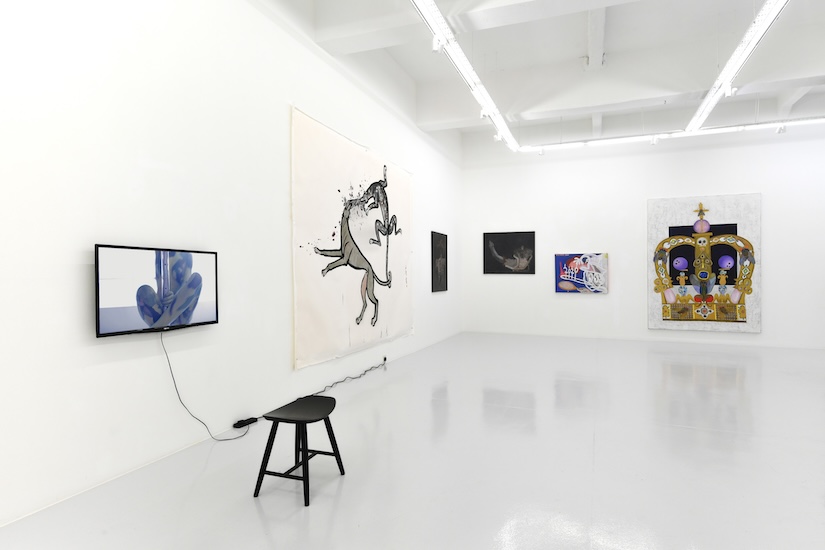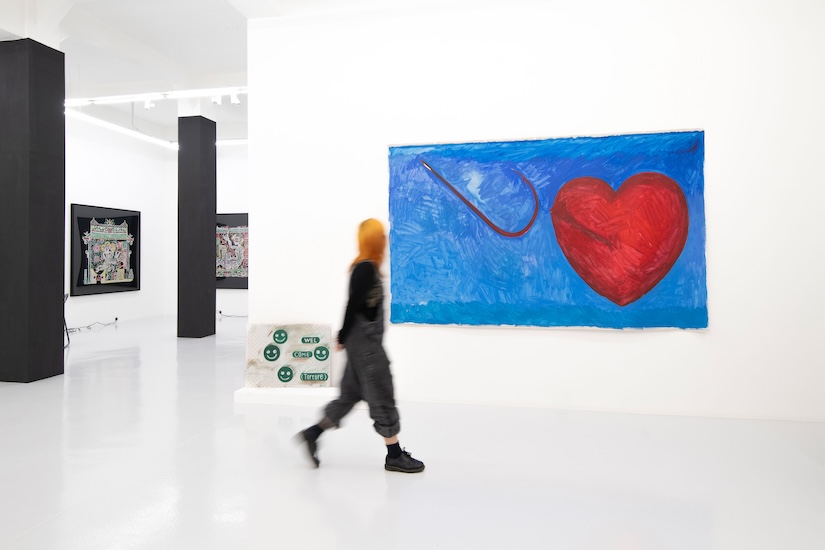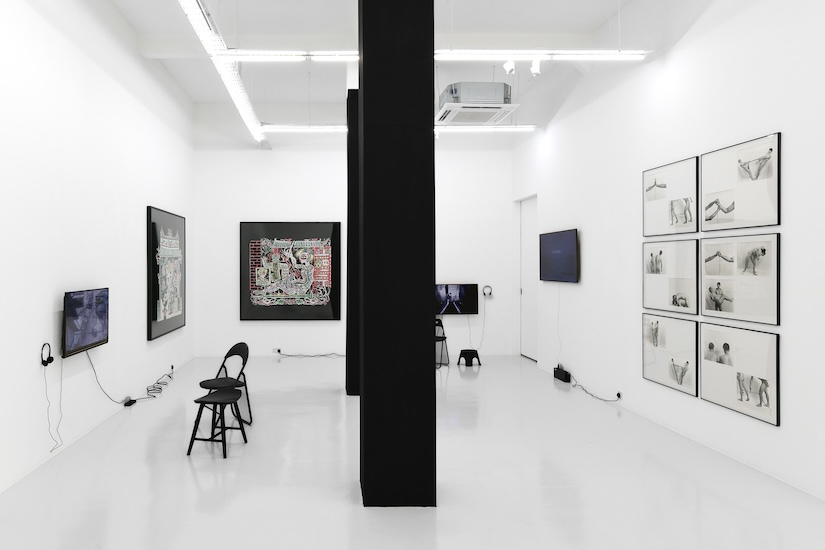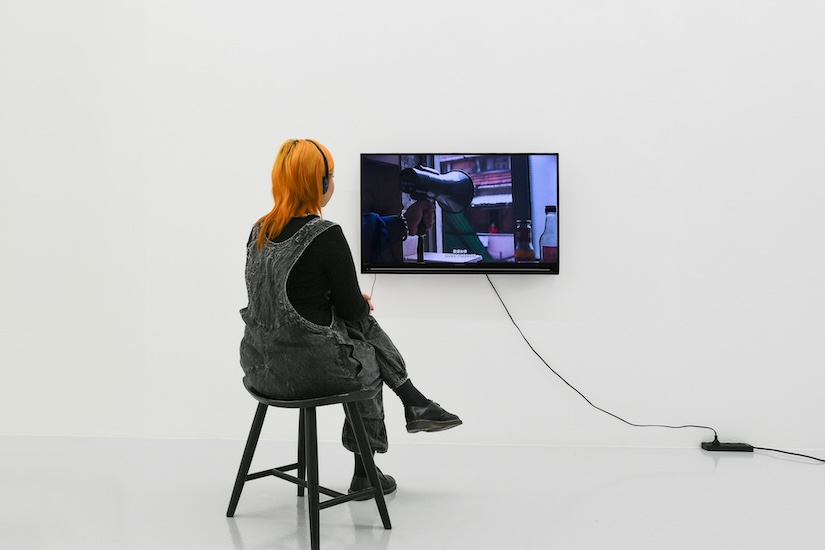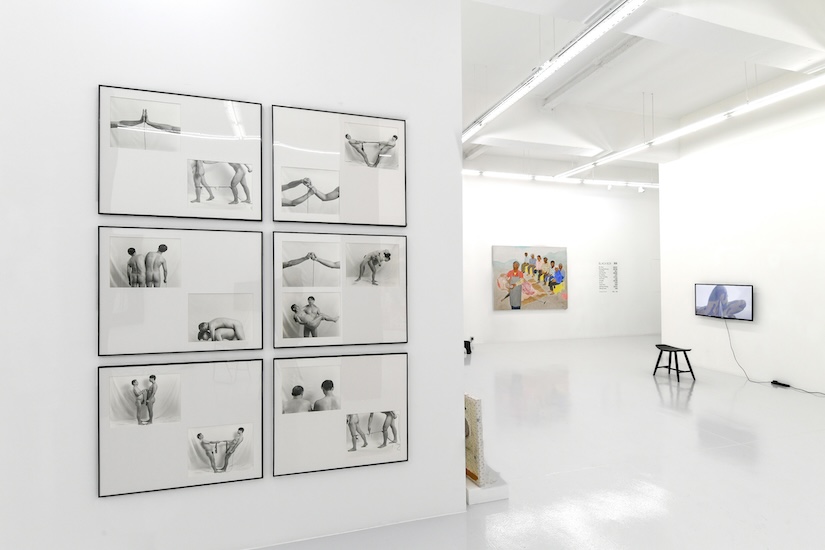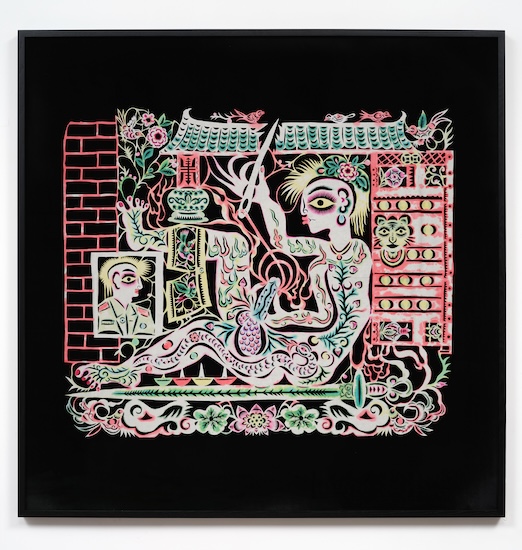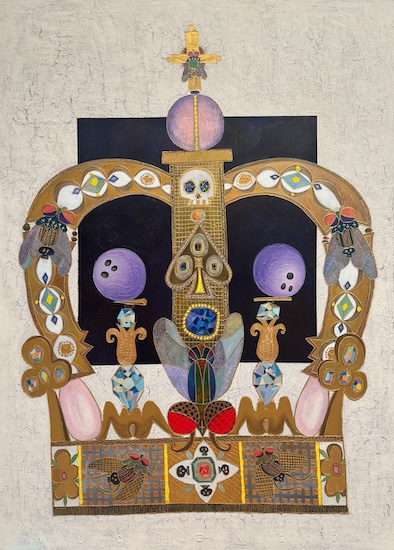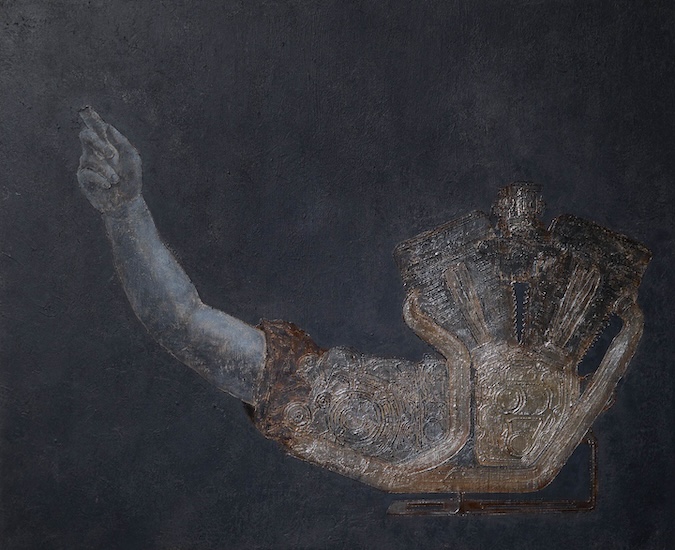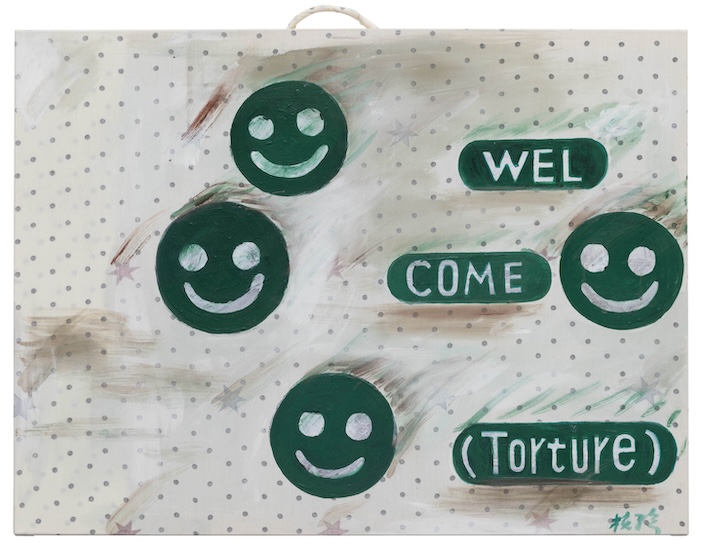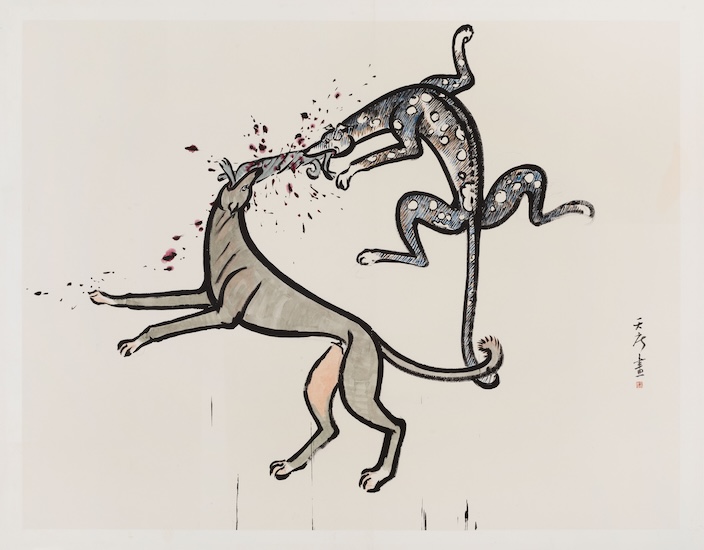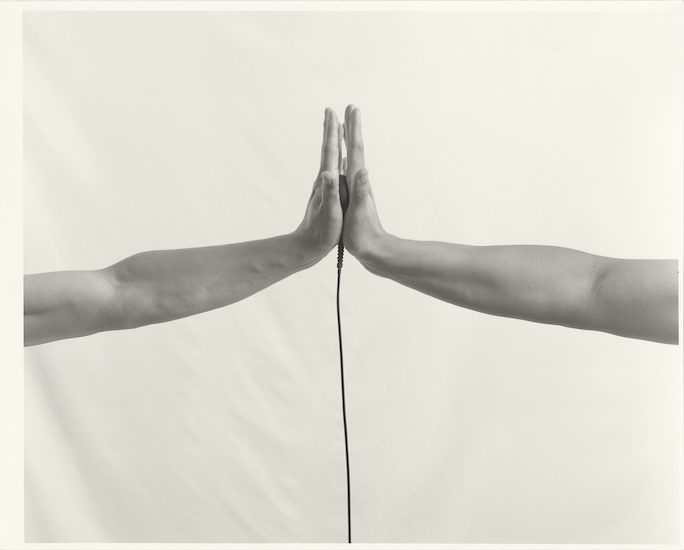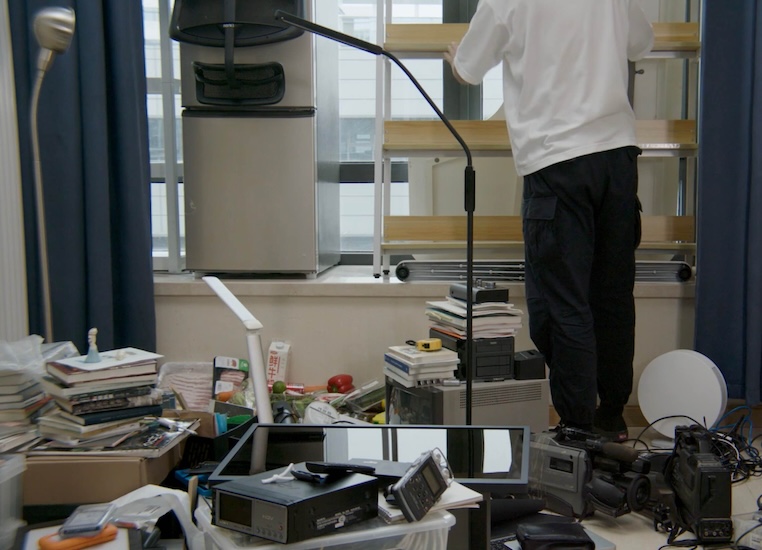Ames Yavuz is pleased to announce Black Box 黑匣 curated by Yang Zi, Beijing-based researcher and independent curator.
Black Box features works by 12 Chinese artists, revolves around themes of “imprisoned bodies” and “boundaries of space.” The title of the exhibition not only refers to colour but also spaces void of light—where the covert can be concealed and objects engulfed by darkness are temporarily or permanently obliterated.
The exhibited works often depict oppressive scenarios shrouded in “black,” accompanied by the subject’s intense struggle for liberation. In the process, body parts even detach from and forfeit their original structures, twisting into “flesh.” Other times, movements—such as emitting faint, sharp signals (Jiang Zhi, Name (Aranya), 2024) or tidying household objects (Zheng Yuan, What Is To Be Done? 2024)—are subtle and cautious, yet the bodies remain irregular and disjointed. Distortion of space and time shapes the contours of “flesh,” and the body concurrently deforms as the subject’s consciousness seeks to break free from its skeleton. Trembling under the tension of both internal and external forces, the flesh and body struggle to perform such sets of precise actions.
《黑匣》收录了12位中国艺术家的创作。展览围绕着“被禁锢的肉体”或“设置边界的空间”这两个互为注解的子题展开。展题中的“黑”并非仅仅指代一类色彩,它亦指向未被光穿透的位置——不可见区域内,秘密的信息能被有效地隐藏,被黑暗吞没的种种物象也暂时或永久地湮灭。展览作品常见此类被“黑”笼罩的压抑情境,激烈的挣脱姿态与此相随。有的时候,身体的各个部件在此过程中甚至脱离了原有的位置,失去原有的结构性,而扭结成“肉”。有的时候,动作的幅度轻缓或谨小慎微,比如,发出微小而尖锐的信号声音(蒋志,《呼唤(阿那亚篇)》,2024)或整理家什(郑源,《该做些什么?》,2024),但施行动作的身体依然是错位的。扭曲的时空塑造了“肉”的廓形,同时,当主体的意识要挣脱骨架的建构时,身体也会发生形变。相互拉扯的内外力作用下,肉在震颤,它们难以流畅地完成一套切中目标的动作。
Featured artists:
Hu Jiayi胡佳艺
Huang Hankang黄含康
Jiang Zhi蒋志
Liao Guohe廖国核
Liu Sheng刘声
Tong Tianqing仝天庆
Wu Chen武晨
Xiyadie西亚蝶
Xu Qu徐渠
Yang Xiao杨潇
Zheng Andong郑安东
Zheng Yuan郑源
ABOUT THE CURATOR
Yang Zi is a Beijing-based researcher and independent curator. From 2012 to 2014, he was an editor of LEAP. In 2015, after joining the Ullens Center for Contemporary Art (UCCA), he acted as executive editor on a series of catalogues and curated exhibitions and public programmes; he became a curator and the head of public programmes in 2018. His curatorial projects include La Chair, Secret Chamber, Pity Party, Land of the Lustrous, In Younger Days, and numerous solo exhibitions. He was a finalist for the Hyundai Blue Prize in 2017, a judges of the Huayu Youth Award in 2019, and the recipient of the inaugural Sigg Fellowship for Chinese Art Research in 2020.
